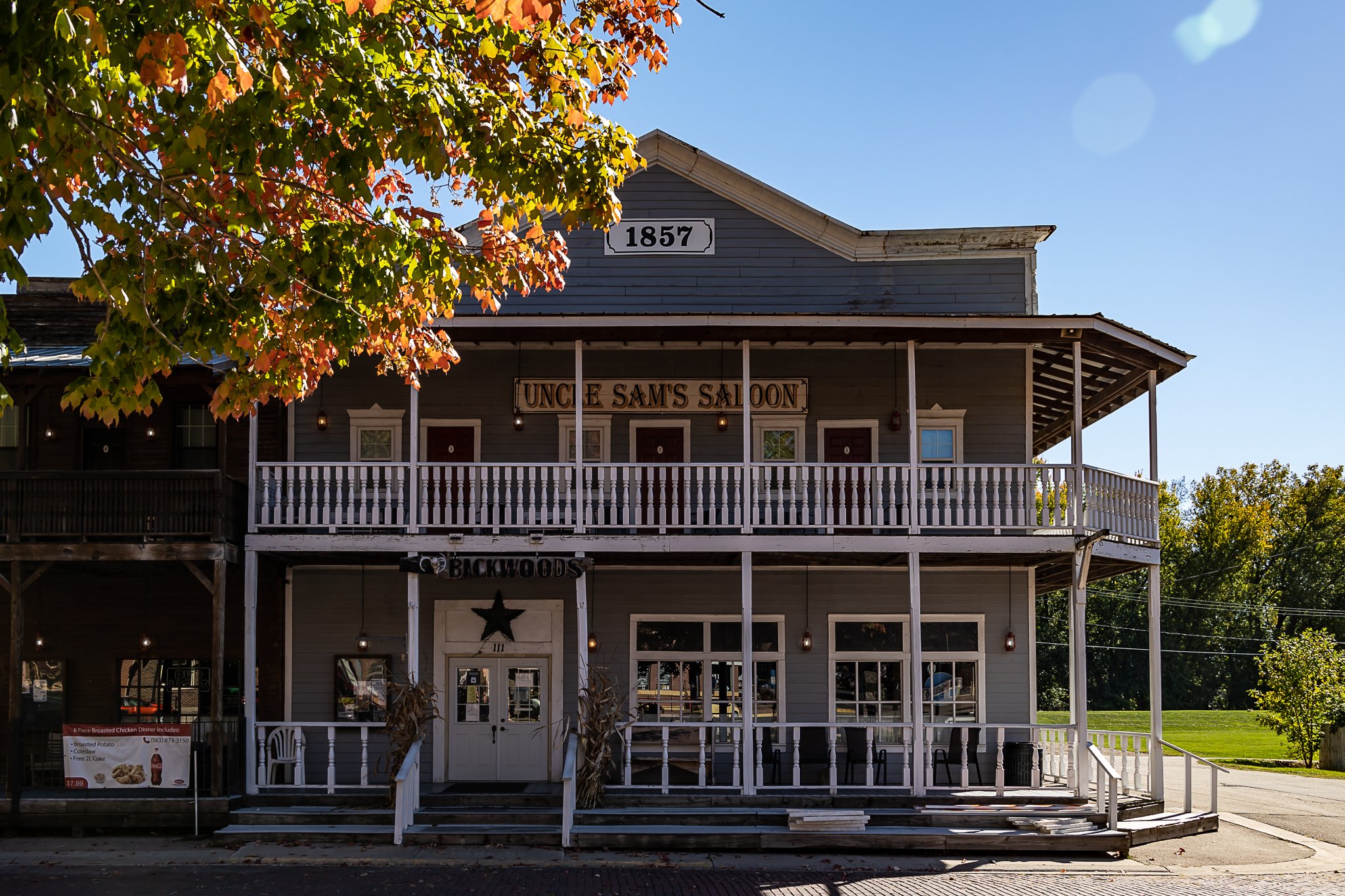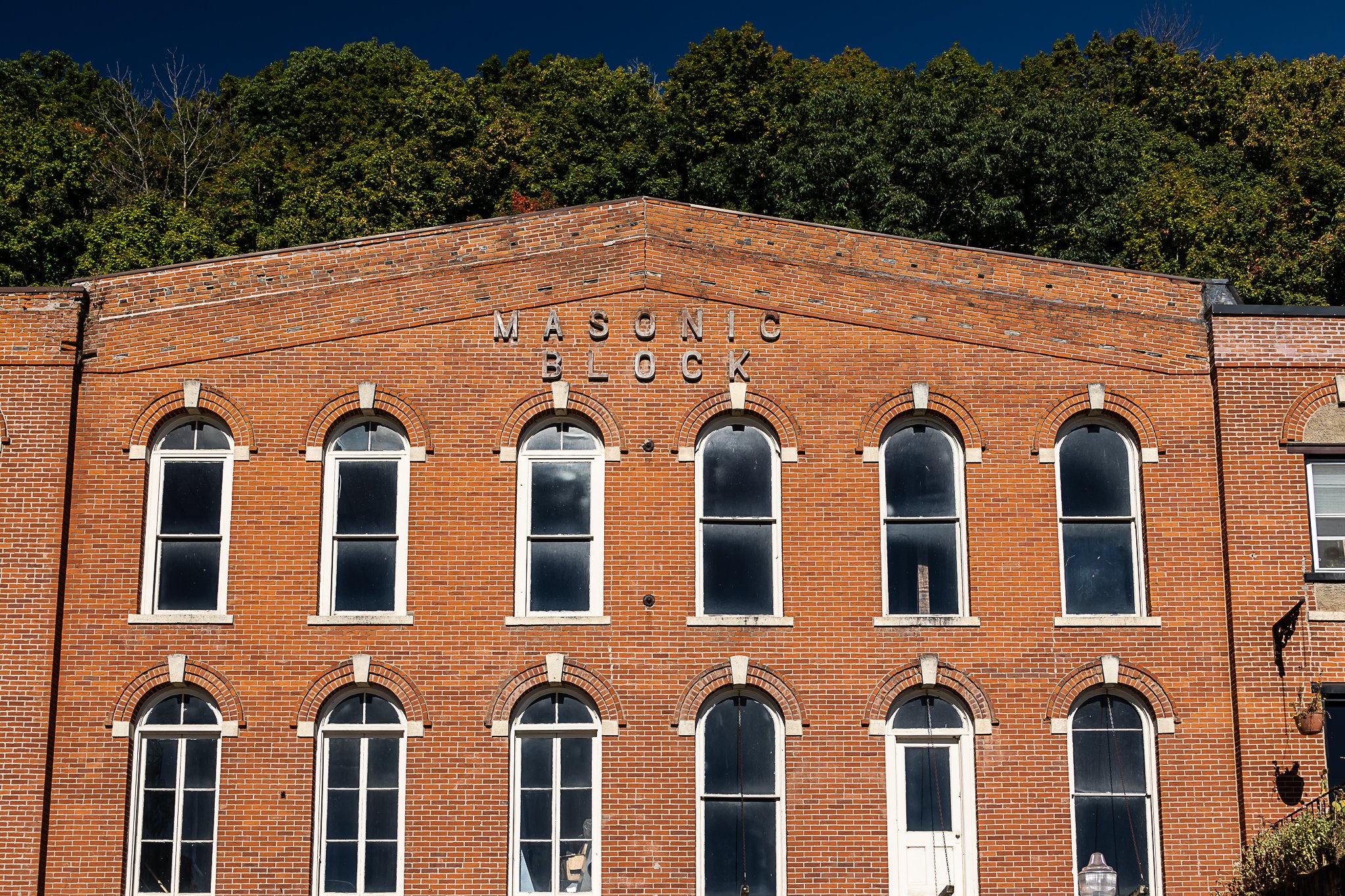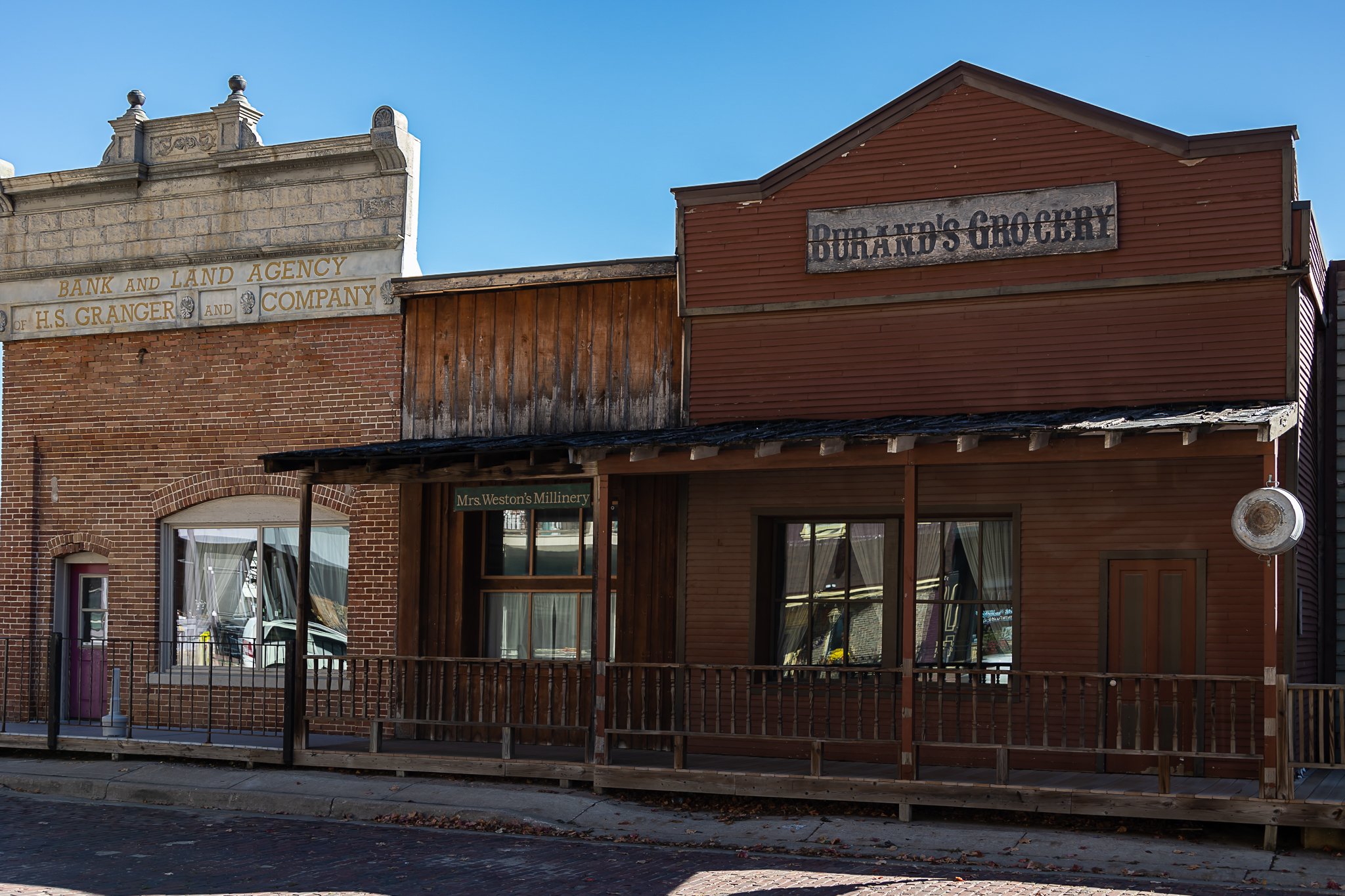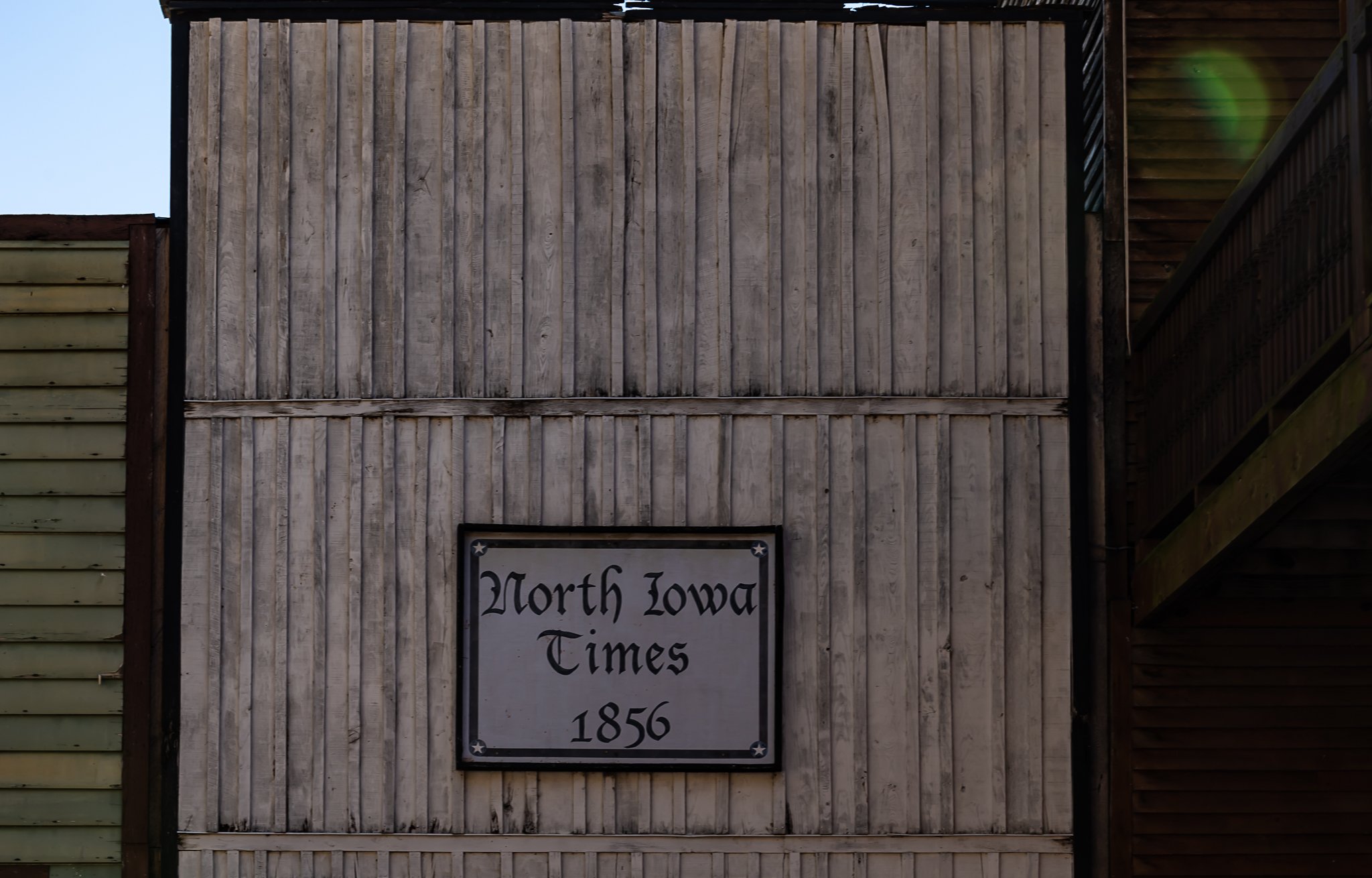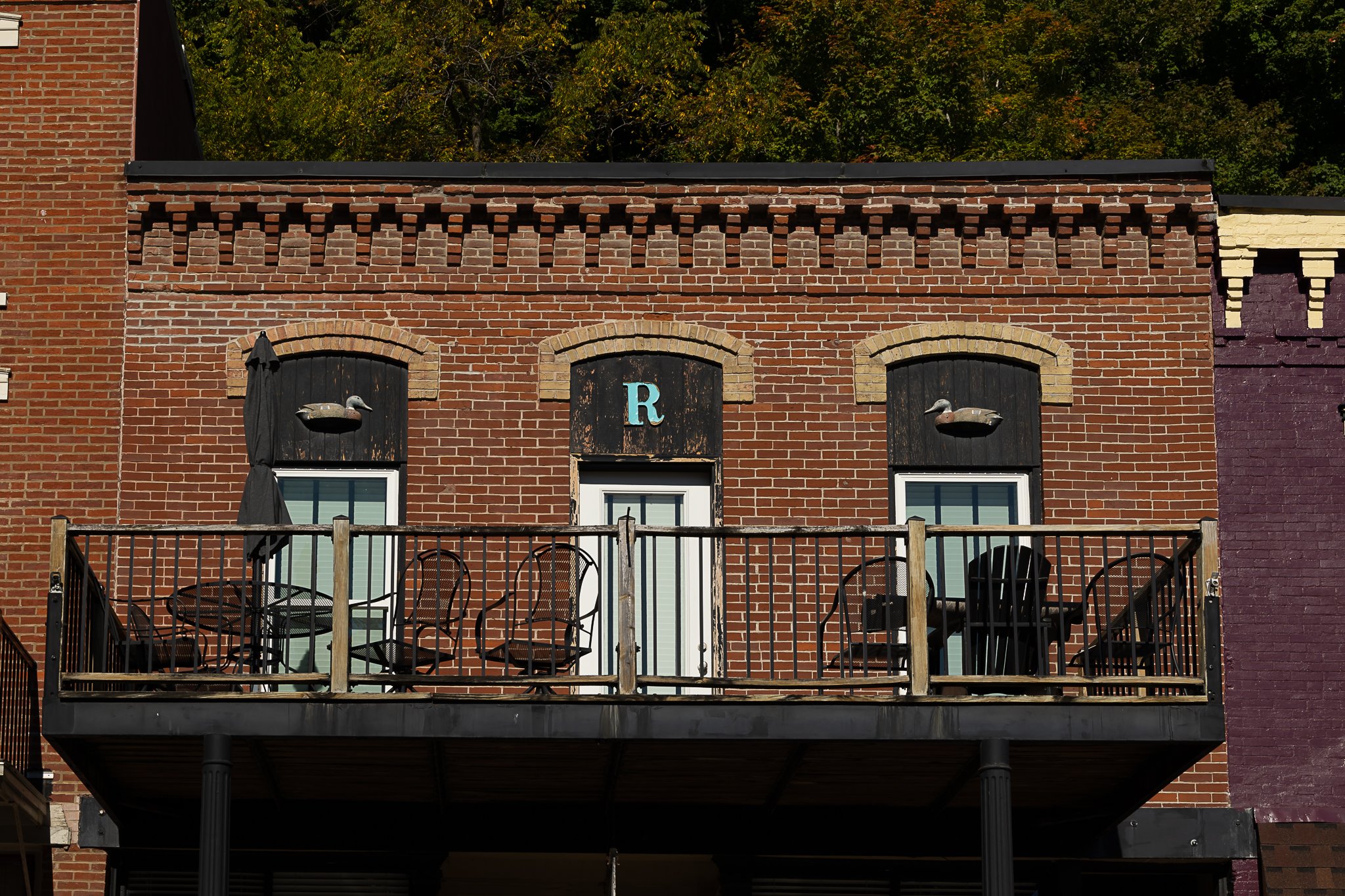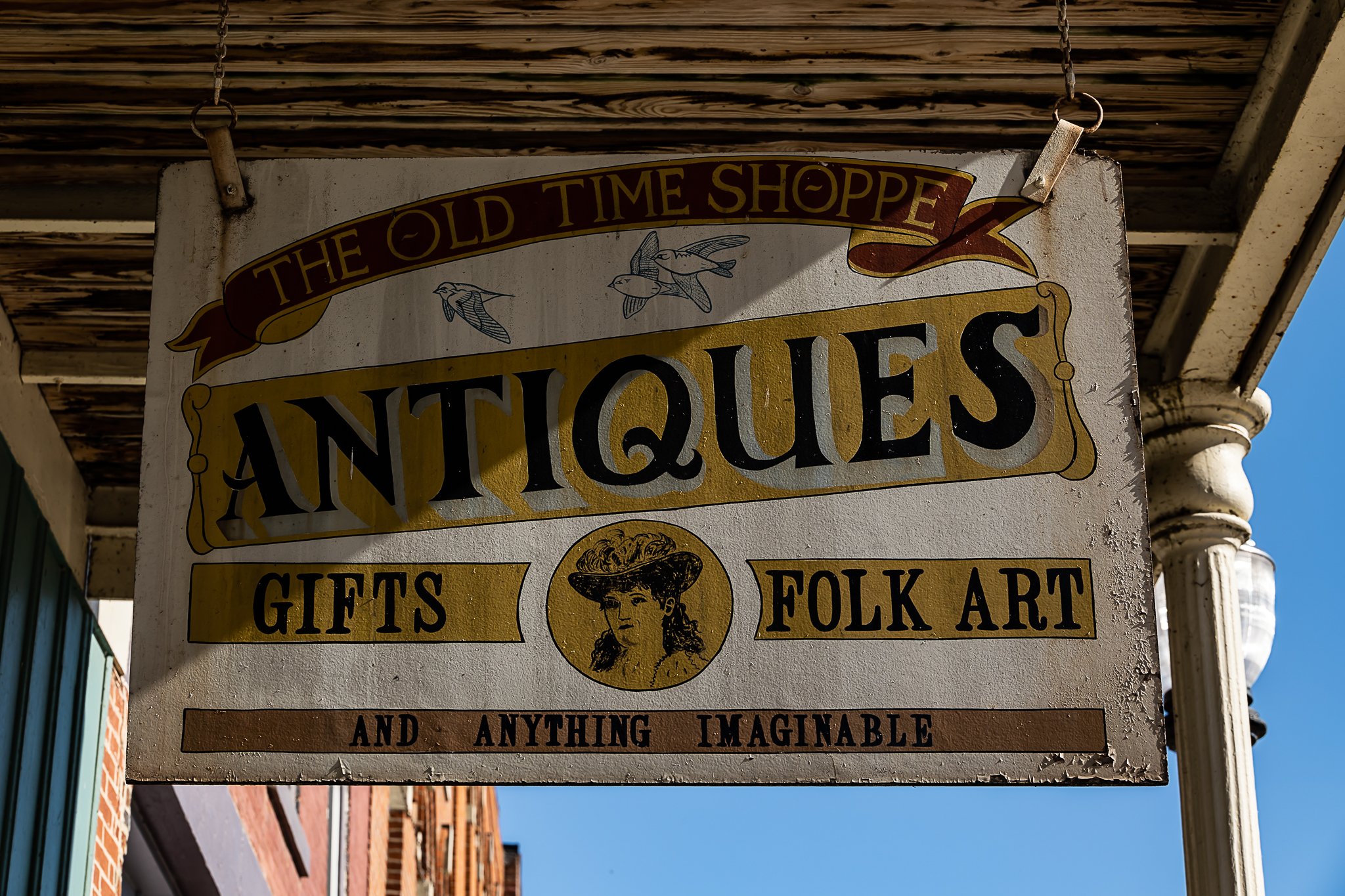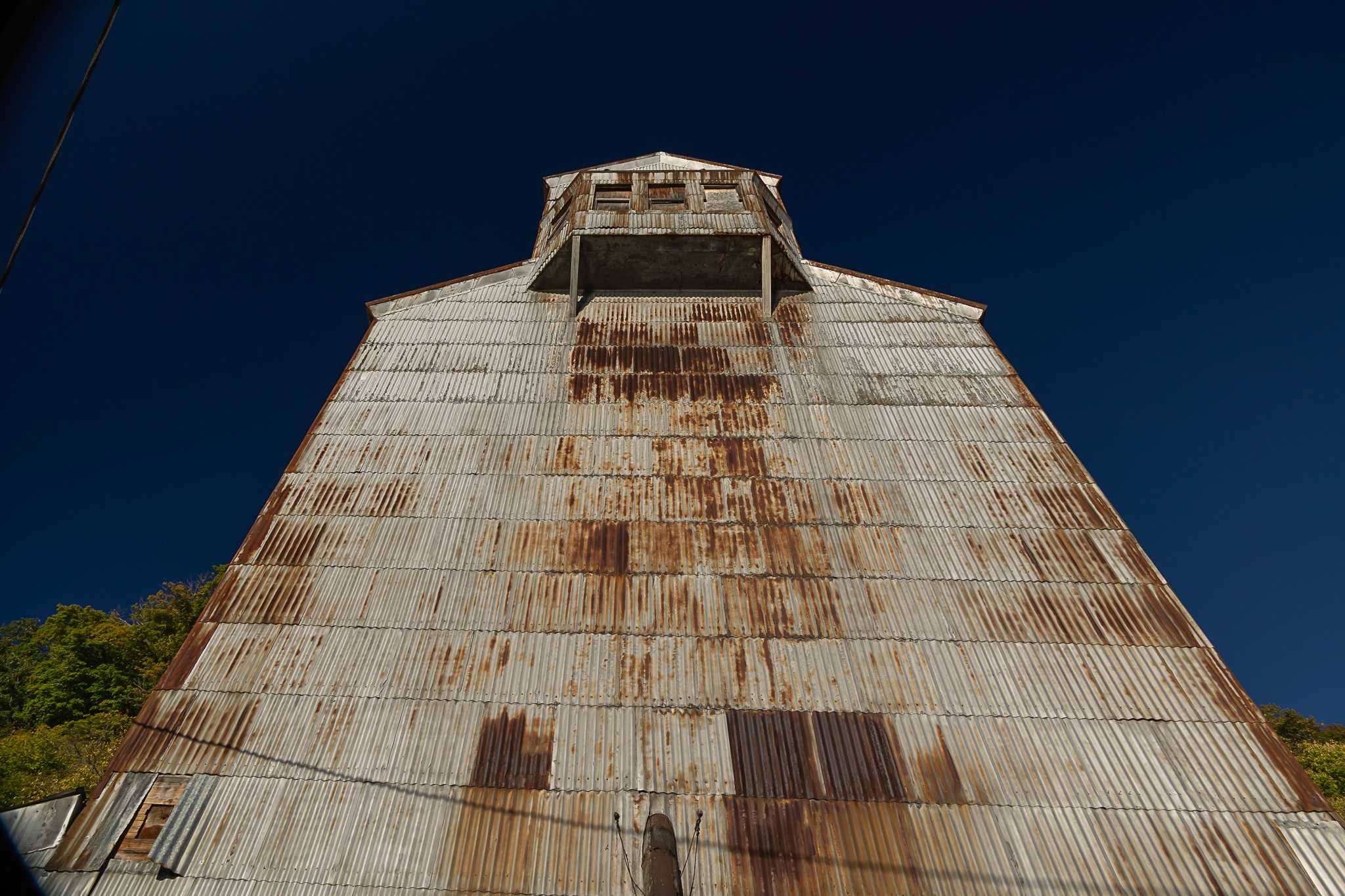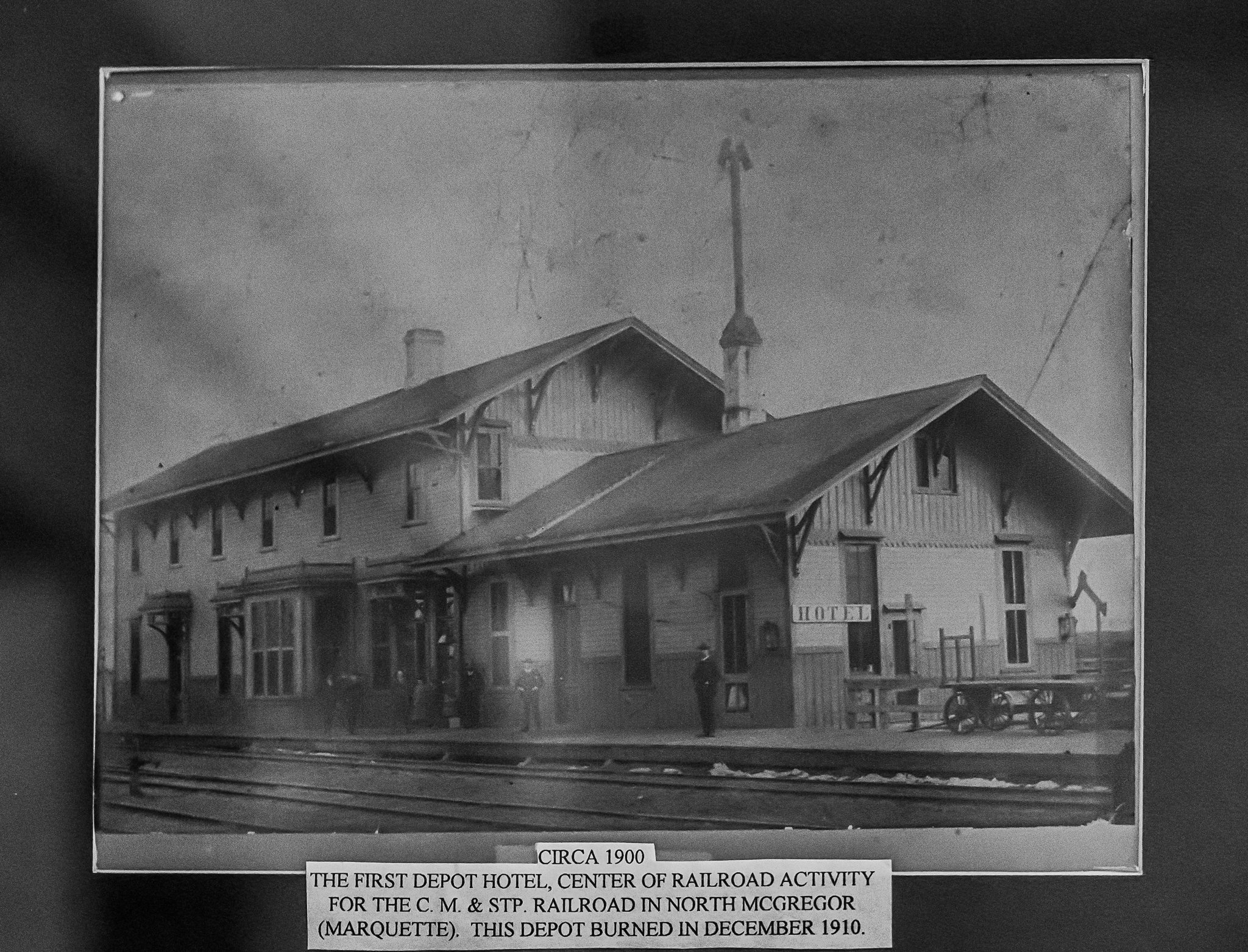The Halifax Herald published the following letter from Karl on August 14, 1899.
“The other evening, I wheeled into North McGregor, Iowa, at about sundown. I put my wheel in the hotel and started for the post office to get the postmark, and no sooner had I started back again than I was abruptly stopped by the Chief of Police, who excitedly asked me if my name was Creelman. I began to shiver and asked, “who are you?” He said, “I’m a Haligonian, and you are the first Nova Scotian I have seen for years.” My fears vanished at once, and we started for the Town Hall and spent the evening conversing on the grandness of Nova Scotia apples, herring, and everything in general. We soon came to the conclusion that Nova Scotia was the only country for us.
This gentleman, Mr. Rudolf, has been in this part of the country for 18 years, has settled down and has a family of seven or eight and is apparently fairly well contented in his adopted country. Although he says before he dies, he intends to go back home and see some of his old friends again.”
I allocated two days to explore North McGregor, Iowa. Well, I tried to. I couldn’t find North McGregor on the map. Based on Karl’s letter to Mattie, I knew that he was on the western bank of the Mississippi River in the northeast corner of Iowa. I found a reference to a town in that area called “McGregor” that I assumed was the town where Karl stayed.
Marquette Museum and Information Centre
I booked my accommodation on the east side of the Mississippi River in Prairie du Chien, Wisconsin and crossed the bridge to Iowa. Upon crossing, I noticed an old railway depot in the Town of Marquette signed that it was a Museum and Information Centre, so I started my day there.
The depot building was divided, with the larger portion of the building housing a museum about the town’s railroad history and artifacts from the 1800s. The remainder consisted of a gift shop and section dedicated to visitor information with various pamphlets offering activities to satisfy any tourist. I arrived when the centre had opened and had the place to myself. I immediately sought a staff member to learn as much as possible about the area during Karl’s visit.
As it happened, a volunteer was filling in that morning for the regular staff member, who happened to be the Deputy Clerk for the Town of Marquette. I proceeded to tell him all about my quest and shared the image of the stationary Karl used to write to his father and sister from the Depot Hotel & Annex. I learned that in 1874 North McGregor was incorporated, but was later renamed Marquette in 1920 for Father Marquette (a French Missionary) and Louis Jolliet (a French-Canadian Fur Trader) who discovered the region in 1673. So it seemed I had started in the right spot after all.
By the 1800s, North McGregor was a hub of activity as bushels of wheat, barley, oats and corn from throughout Iowa and Minnesota were sent through the city en route to Lake Michigan. The trains full of grain originally crossed the mighty Mississippi by ferry — taken apart at North McGregor — then placed on steamboats over the river to Prairie Du Chien then eastwards.
Although the Depot Hotel no longer existed it’s easy to get a sense of what Karl would have observed in 1899. This is because the neighbouring town of McGregor — about 3 minutes away — is still like stepping back in time.
McGregor's Main Street is lined with 19th-century buildings and recognized as a historic district listed on the National Register of Historic Places. A significant number of the buildings were constructed between 1849 and 1880, one being the Town Hall, built-in 1874, where Karl spent the evening chatting with Mr. Rudolf. Although Dear Reader, I can tell you that if it were me that day back in 1899, I would have opted for having the conversation in the Uncle Sam’s Saloon instead.
Images of McGregor in 1899:
